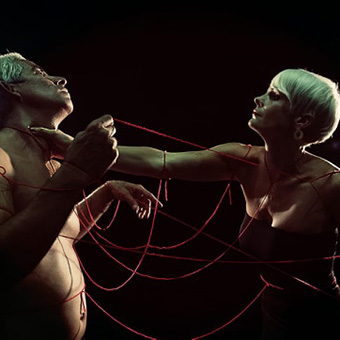
- watch: 27th June2020 at 5am UTC
- duration: 2 min
Poems: collective Jhafis Quintero Johanna Barilier These are a series of videos that contemplate life as a couple in a crude way, (during the pandemic for instance) which seeks to escape the jurisprudence of positivism. The religion of this time. The characters do not live love as a simple consumer product, soft and delicate, they assume it as a reality that can also be “negative” and pointed. Their main interest in life is to transform themselves into someone they were not before, accepting that in the bond between them (love) there comes in a tacit way the vulnerability and the fear of being hurt by the other. Interpersonal relationships are worth it insofar as we don\’t know how they will end. The way we think and feel many times is related to the social structures that surround us. We have become used to certain utopian emotional landscapes that have become familiar. A strobe idea of perfection where reality loses ground. These videos show the arbitrariness of the institutions and their diagnoses that are transformed into sentences due to the lack of precision and ignorance of the majority of people, but they also show spaces of freedom such as art and love, from where we can enjoy how many changes can be made. These videos are a political action, an act of rebellion against the norms of positivism.
BIO: Jhafis Quintero (b. Panama) lives and work in Europe Quintero began his career as an artist during his 10-year prison sentence, by the hand of Haru Wells, a woman determined in demonstrating that art is an effective substitute for crime. Wells taught art to Jhafis, who found in this discipline a natural way to nourish and re-channel the appetite for transgression that led him to crime, and to find a way to be himself without harming others. While in prison he took part in national art contests and exhibitions in San José (Costa Rica) with pieces that were awarded honorary mentions. His prison experience plays a leading role in his work. There is a peculiar perception of the passing of time and its implications for a body immersed in that particular time frame, a question of physical and mental limits, and a constant reflection on death that glides over the lives of inmates. His art practice thus stems from his personal experiences in the world of incarceration, silence, insecurity, but also imagination and creativity directed at finding means of survival. He is able to create lucidly escapist structures while constantly maintaining an ironic and even humorous outlook that prevents him from lapsing into misery and self-pity. With the artist Johanna Barilier, extraordinary performer and photographer, they has managed to find a way to universalize intimate experiences so that together they establish a language that seeks to overcome any linguistic and cultural barrier. ARTIST’S WEBSITE

